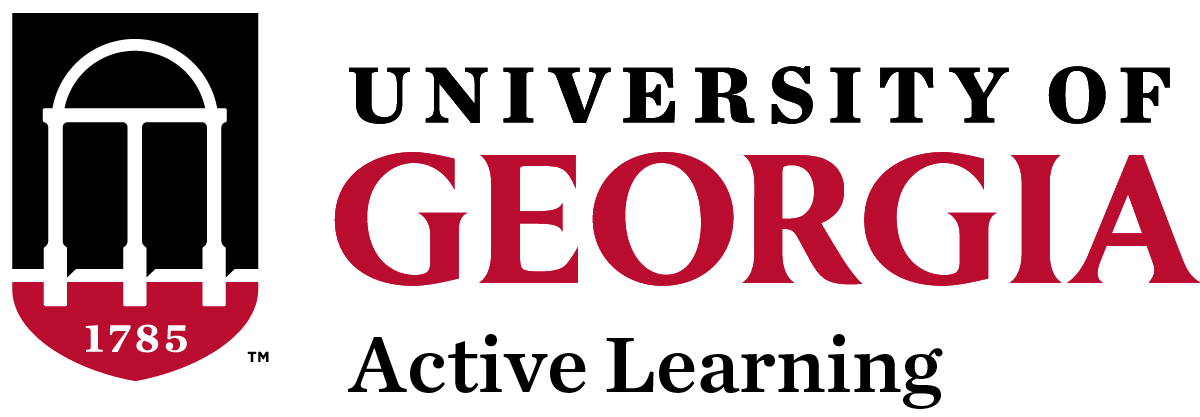One of the primary goals of the University of Georgia’s Active Learning Initiative is to expand the use of active learning pedagogies in undergraduate courses by all instructors and to encourage deep knowledge and the practice of active learning skills among leaders. “Learning Reconsidered defines learning as a comprehensive, holistic, transformative activity that integrates academic learning and student development, processes that have often been considered separate, and even independent of one another.” (Keeling, 2004) This Selecting Your Active Learning Techniques tool supports instructors in purposeful selecting active learning techniques by matching fundamental situational factors (Fink, 2003; Gagné, 2005) of the learning environment with active learning techniques. In addition, it provides information about student development that may help instructors adjust activities appropriately.
ANALYTIC MEMO

Students/learners write a brief analysis (typically 1-2 pages) of a specific problem or issue for a stakeholder who needs the students/learners’ analysis to inform decision-making. The writing assignment has a Purpose and an Audience.
Application
Cards

Students write down one possible real-world application for a concept they are learning in class. After class, read through the cards for accuracy, practicality, and creativity. Sort into piles, and pick out a broad range of examples that are strong and share with the class.
Case
Studies

Case studies involve an in-depth analysis of either single situations or circumstances that unfold over time. They offer multiple perspectives, do not allow for easy solutions, and allow students to explore complex problems in a field and offer thoughtful solutions.
Categories Grid

Students are given a grid containing two or three superordinate concepts they’ve been studying, along with a scrambled list of subordinate items. Students/learners sort the subordinate terms into the correct categories quickly.
Chain Notes

During a lecture, the instructor pauses at critical points to allow students/learners to catch up on their notes and then exchange them with their neighbors to discuss information they may have missed or written down differently.
Community Norm Building
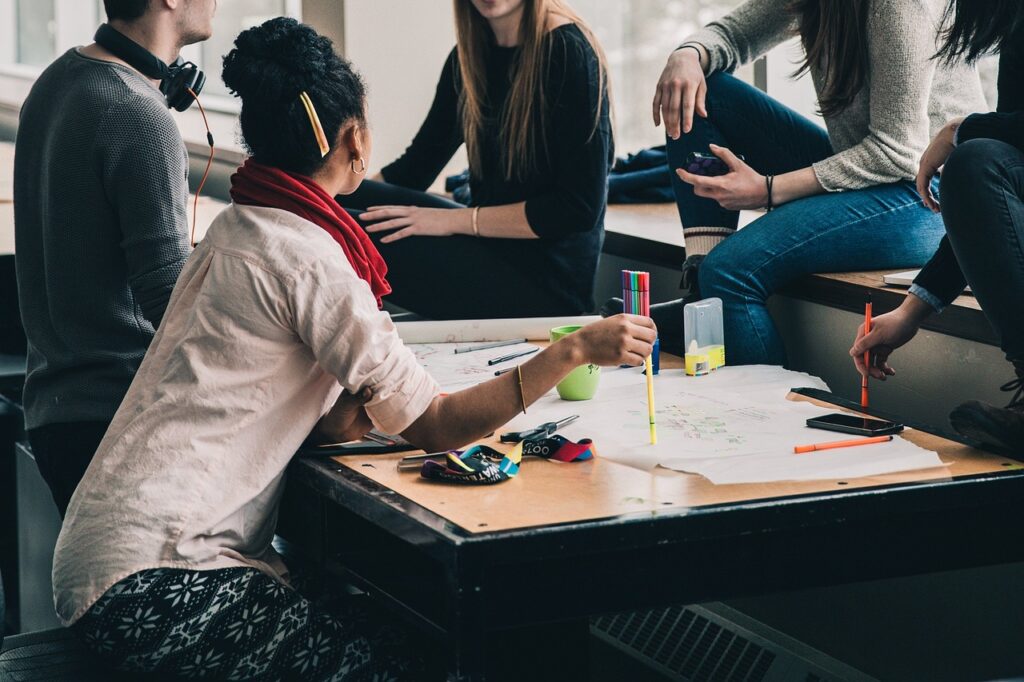
This activity engages students in generating a list of two to five mutually agreed-upon behaviors that promote learning. Write norms as specific, positive behaviors students/learners want from each other.
Concept
Map

Concept maps are visual representations of relationships among various concepts. Ask students to produce a graphic representation of this relationship using pen and paper, whiteboards, post-its, or concept mapping software (e.g., Coggle)—video with details here.
Crowd
Crumple

Students write either a question or response to a question on scrap paper. The paper is then crumpled and thrown across the room to another student, who reads the question and offers a response. Crumple and rethrow several times to gather answers.
Directed Paraphrasing

Students are asked to paraphrase part of a lesson for a specific audience and purpose, using words that are more accessible to a target audience (e.g., translate highly specialized information into language that clients or customers will understand).
Dot-ocracy
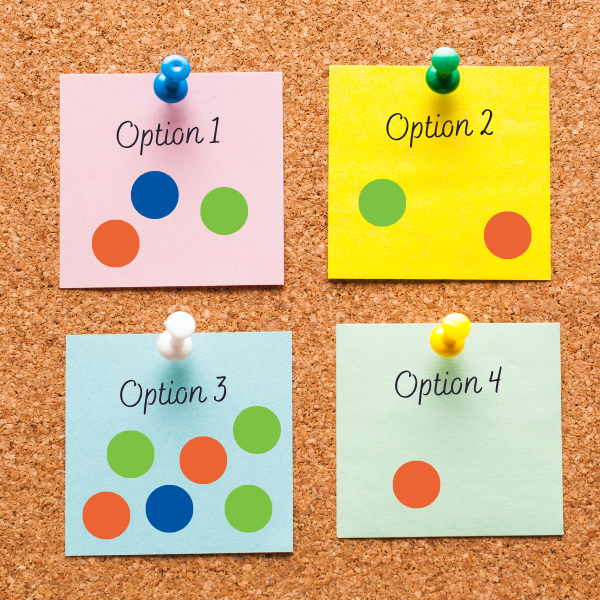
Have students place a dot sticker on a blank bar chart you’ve created to cast a vote anonymously. At the end of the Dot-ocracy period, all participants can visually assess the group’s opinion through a gallery walk or whole class discussion.
Empty Outlines
In a limited amount of time, students complete an empty or partially completed outline of an in-class presentation or homework assignment to test their recall of the materials. When finished, students can compare answers.

Fishbowl

A group of students form a circle to discuss, conduct a lab experiment, or engage in another observable event while other students surround these students, observing the ongoing activity. Students should rotate places.
Four
Corners

Designate each of the four corners of a classroom as A, B, C, or D. Pose a multiple-choice question and have students stand in the corner representing their answer choice. Give learners in each corner a chance to share their reasoning and even try to persuade other students to join them.
Gallery
Walk

Questions, sample work, statements, or short cases are hung on the walls around the room, and learners are asked to actively engage as they walk through the classroom to share ideas, respond to meaningful questions, or engage with documents, images, artwork, etc.
Group Work Evaluations

Learners who have completed group work evaluate the overall performance of the group and each member’s contributions. Best practices include using guided questions or a rubric and allowing group members to reflect individually before sharing their perspectives publically.
Human Histogram

Designate a continuum along one side of the classroom (e.g., strongly agree to strongly disagree). Learners are given a statement or question to respond to, and each student must align themselves single-file along this continuum.
Human
Tableau
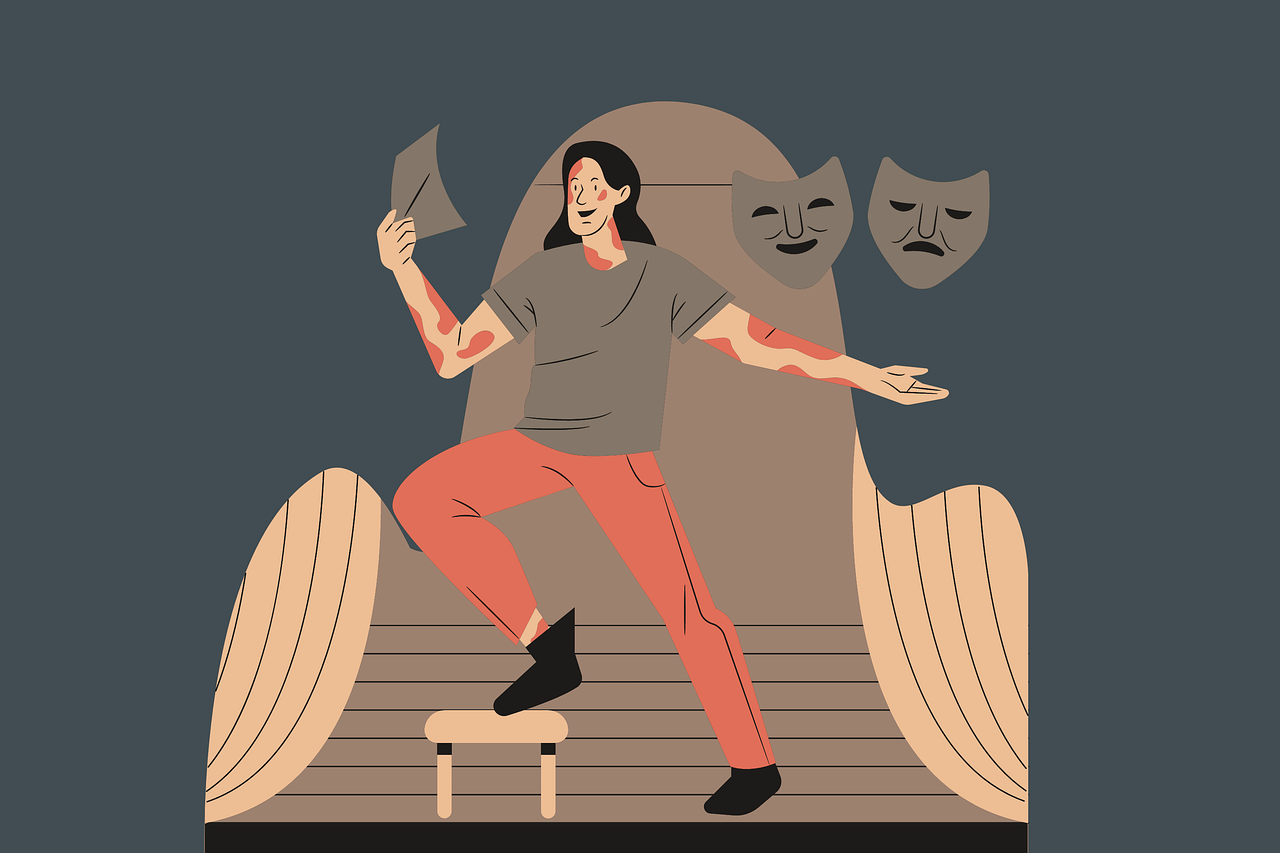
Groups of students/learners use their minds and bodies to create “living” scenes or model processes to show what they know. This activity can stimulate group discussion and problem-solving depending on what they are asked to model.
Invented Dialogues

Learners select and weave together quotations from primary sources to create a speech for a character (e.g., literary or historical figure). Speeches are then presented to the class. Active Learning Technique is commonly used in Reacting to the Past games (more here).
Jigsaw Discussion

Learners begin in small groups where everyone in each group has been assigned to review the same information, but every group is reviewing different information from other groups. Each group discerns the key points in the material. After they have finished, the groups reshuffle to form new groups with one person from each old group. In these new groups, students take turns teaching each other the key points in the material.
Jumbled Sequence

This activity focuses on processes. Give learners the steps in a process on jumbled paper strips and ask them to work together to reconstruct the proper sequence. This approach can strengthen learners’ logical thinking processes and test their mental model of a process.
Minute
Paper

To identify what learners see as significant learning, an instructor stops class a few minutes early and asks learners to respond briefly to some variation on the following two questions: “What was the most important thing you learned during this class?” and “What important questions remain unanswered?” while students record their answers.
Muddiest Point

After a lecture, learners are asked to concisely record what is still unclear on a piece of paper. The facilitator collects all the muddiest points and addresses the concerns in the following class by identifying patterns/themes in the responses. Addressing the muddiest points may include a summary of the class’s responses, a discussion, or an activity that helps clarify points of confusion.
One-Sentence Summary

Learners are asked to summarize a given topic within the constraints of a single, informative, and grammatically correct sentence. To do so, students identify the important answers to the questions who, what, where, when, why, and how and then condense this information into one sentence for easier recall.
Opinion/Knowledge Checklist

The instructor creates a checklist of both the content covered in the course and the skills practiced within the course. Learners use this checklist to assess their interest and knowledge of each item at the beginning of a course. The instructor then uses these assessments to discuss the learners’ interests and preexisting knowledge around each topic on the checklist.
Pair-Square-Share

A variation of Think-Pair-Share in which learners pair with a partner to discuss a question. After a set amount of time, pairs merge to form a group of four to discuss the topic further. Finally, learners share with the whole class.
Peer Review
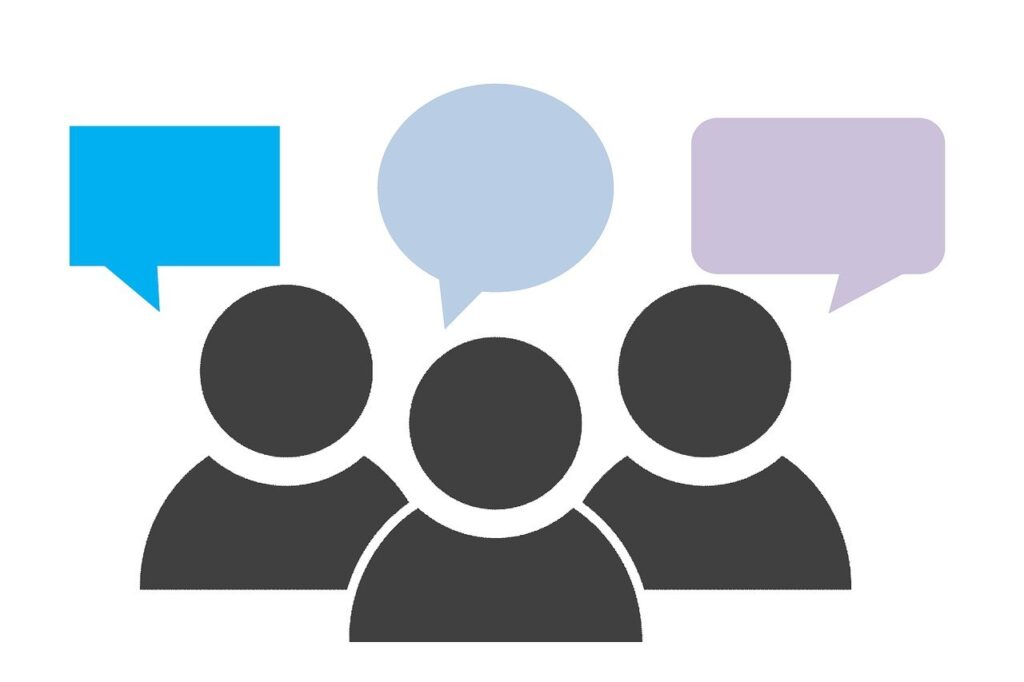
Learners improve their work by reviewing each other’s work using a rubric and constructive feedback modeled by the instructor. As an extension, students reflect on what they learned about their work while reviewing the work of their peers.
Polling

At any point during the class, the instructor can pause to have the learners answer questions anonymously. This can be followed by a chance to compare their answers before repolling to see if there was a change in responses.
Post-it Parade

Learners are provided with a prompt for which they need to generate ideas. Each learner is given a Post-it note on which they write answers to the prompt, and then students work together to categorize these responses by common themes.
Pro Con Grid

The instructor provides a potential position on an issue, while learners list at least two pros and cons of that position. This activity allows learners to go beyond their first reactions by weighing the value of competing perspectives.
Problem Recognition Tasks

Learners are presented with some examples of a common type of problem within a discipline. Rather than solve the problem, learners are tasked with recognizing the category of problem each example represents.
Ques-
cussion

In a Quescussion, learners must engage with an idea using only questions. The instructor starts the discussion with an open-ended question. Participants then respond with ONLY open-ended questions (if someone makes a statement, the whole class shouts “Statement!”). Ideally, every student/learner should contribute, and the questions may be recorded.
ReflectivE
Writing

Learners respond to written prompts that connect learning experiences within the course to other course topics or experiences of the students outside of the classroom. Reflective assignments are most effective when the questions encourage deep metacognitive analysis and are only graded based on effort rather than content.
Send
a Problem

Groups of learners receive a problem, try to solve it, and then pass the solution to a nearby group. Without looking at the previous group’s solution, the next group works to solve the problem. After as many passes as seem useful, groups analyze, evaluate, and synthesize the responses to the problem they received in the final pass, and report the best solution to the class.
Student-Led Discussion

The instructor steps back and lets learners lead the discussion. Learners need to be prepared with the material and discussion topics ahead of time, the goals of the discussion made clear, and the class should assist the leader in contributing to the success of the discussion through engaged participation.
ThinK
-Pair-Share

The instructor poses a question, scenario, or problem, and learners individually think about possible responses (and ideally write their thoughts down). Following the self-reflective time, learners pair up to discuss their answers. Finally, pairs either share their individual thoughts or their collective insights with the whole class.
Whip
Around

Learners are asked to respond to a statement or an open-ended question with a single word. Once each learner has considered and chosen their word, the instructor directs each student to share their word until every learner has had a chance to contribute before debriefing about the topic more fully.
Word Journal

Students/learners select one word to summarize a primary text, then write a paragraph defending their choice.
Sketch-noting

Instead of writing notes for a class period, encourage your students to take notes by drawing small pictures depicting the class material to help students distill the concepts.
Artificial
Intelligence

This is an evolving collection of curated assignments that integrate AI tools from educators worldwide. If you’re starting with AI, check out our AI Guide first.
